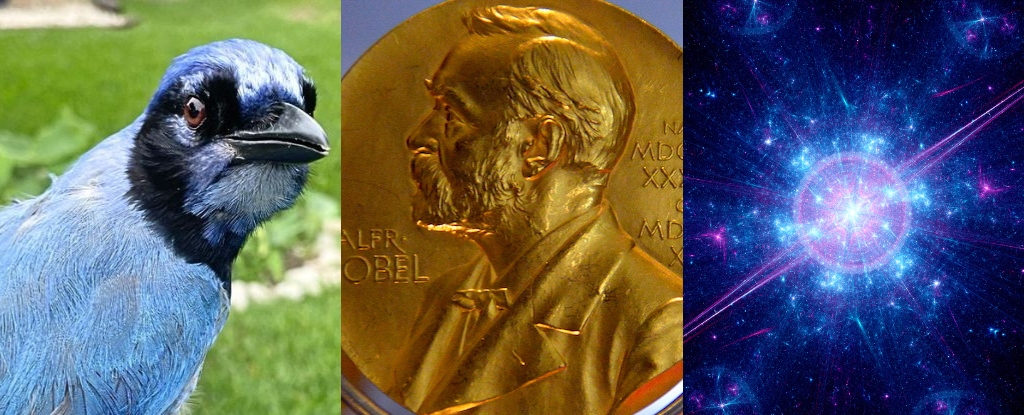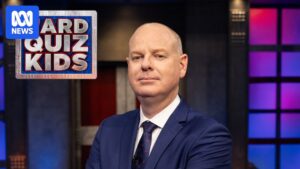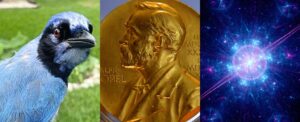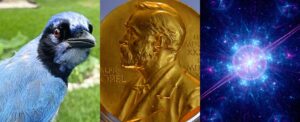
Groundbreaking scientific advancements have emerged this week, revealing significant insights into health, physics, and ecology. Notable findings include a link between four key risk factors and cardiovascular events, the awarding of the 2025 Nobel Prizes in various scientific fields, and a unique hybrid bird discovered in Texas.
Major Health Study Links Risk Factors to Cardiovascular Events
A comprehensive study has identified that 99 percent of heart attacks and strokes are associated with four primary risk factors: high blood pressure, high cholesterol, high blood sugar, and smoking. Research indicates that high blood pressure is the leading cause of cardiovascular events. In both the United States and South Korea, over 93 percent of individuals who suffered a heart attack, stroke, or heart failure had hypertension prior to the event. Effectively managing this risk factor may be crucial in preventing serious cardiovascular diseases in the future.
2025 Nobel Prizes Celebrate Scientific Breakthroughs
This week, the prestigious Nobel Prizes were awarded, recognizing notable achievements in various scientific disciplines. The Nobel Prize in Physiology or Medicine was awarded to Shimon Sakaguchi, Mary E. Brunkow, and Fred Ramsdell for their groundbreaking work in understanding how the immune system regulates itself to prevent autoimmune responses.
In the field of Physics, the award went to John Clarke, Michel Devoret, and John Martinis. Their research has helped translate quantum mechanics into practical applications, which has been instrumental in developing modern digital technologies, including smartphones and advanced computers.
The Nobel Prize in Chemistry was awarded to Susumu Kitagawa, Richard Robson, and Omar M. Yaghi for their discovery of novel molecular architectures that feature large cavities, opening new avenues in material science.
Insights into Sleep Patterns and Lung Cancer
A recent study has unveiled five distinct sleep profiles, each reflecting unique patterns of brain function, as revealed through MRI scans. According to Aurore Perrault, a neuroscientist at Concordia University in Canada, these profiles suggest that sleep affects not only health and behavior but also the brain’s wiring and activity.
In a separate investigation, scientists have found that toenails can serve as indicators of exposure to an invisible cause of lung cancer. Aaron Goodarzi, a biochemist at the University of Calgary, stated, “The data will form the evidence that could lead to the inclusion of more patients, whose lung cancer is not caused by tobacco smoke, in potentially life-saving early screening and diagnosis.”
Unique Hybrid Bird and Cosmic Predictions
In an intriguing ecological development, a hybrid bird known as the ‘Grue Jay’ has been spotted in a Texas backyard. Brian Stokes, an ecologist at the University of Texas at Austin, noted that this bird may be the first vertebrate hybrid to emerge due to the overlapping ranges of two species, potentially influenced by climate change.
Additionally, physicists have made predictions regarding the fate of the universe, suggesting it may one day experience a reverse Big Bang. Henry Tye, an astrophysicist at Cornell University, remarked, “For any life, you want to know how life begins and how life ends. It’s good to know that, if the data holds up, the universe will have an end.”
These discoveries highlight the ongoing advancements in scientific research and their potential implications for health, technology, and our understanding of the universe. As studies continue, the intersection of these fields promises to yield even more fascinating insights in the future.





